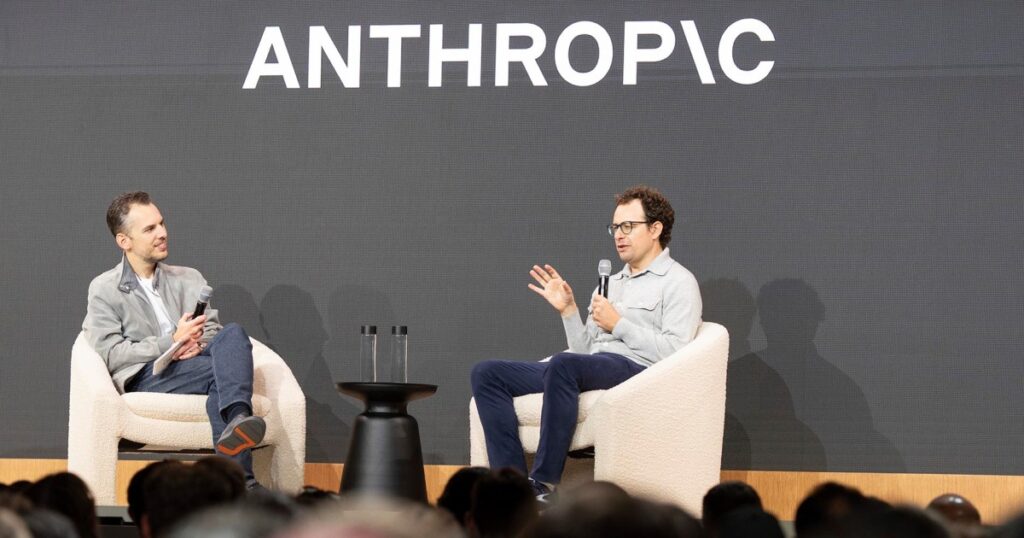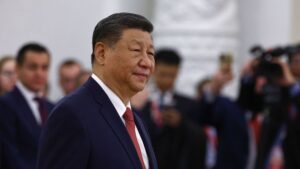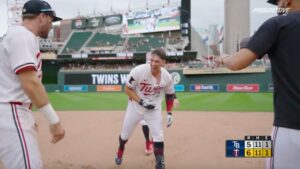
A federal judge has ruled in favor of Anthropic in a landmark copyright case, declaring that artificial intelligence developers can train models using published books without obtaining authors’ consent. The decision, issued on Monday by Judge William Alsup in the U.S. District Court for the Northern District of California, establishes a precedent that training AI systems on copyrighted works constitutes fair use. Although this ruling does not guarantee that other courts will follow suit, it marks the first resolution among numerous ongoing copyright lawsuits concerning fair use in the context of generative AI.
This development addresses a contentious issue that has been raised by creatives across various industries ever since generative AI tools became mainstream. These tools allow users to produce art and other content from models trained on copyrighted works, often without the original creators’ knowledge or permission. Since 2023, AI companies have faced a barrage of copyright lawsuits from media companies, music labels, and authors. In response, artists have signed multiple open letters urging government officials and AI developers to restrict the unauthorized use of copyrighted works.
Background of the Ruling
The case in question was initiated in August by authors Andrea Bartz, Charles Graeber, and Kirk Wallace Johnson, who accused Anthropic of ignoring copyright protections by pirating millions of books and digitizing purchased books to train its large language models. These models, including Anthropic’s flagship AI model Claude, are designed to generate humanlike text responses.
Judge Alsup’s decision emphasized the transformative nature of Anthropic’s use of the books. In his ruling, he stated,
“The copies used to train specific LLMs were justified as a fair use. Every factor but the nature of the copyrighted work favors this result. The technology at issue was among the most transformative many of us will see in our lifetimes.”
Understanding Fair Use
Fair use, as defined by the Copyright Act, considers four factors: the purpose of the use, the nature of the copyrighted work (with creative works receiving stronger protection than factual works), the amount of the work used, and whether the use impacts the market value of the original work. Judge Alsup noted that all of the authors’ works contained “expressive elements” earning them stronger copyright protection, which typically argues against fair use. However, this was not sufficient to alter the overall ruling.
Anthropic welcomed the decision, stating,
“We are pleased that the Court recognized that using ‘works to train LLMs was transformative — spectacularly so.’ Consistent with copyright’s purpose in enabling creativity and fostering scientific progress, ‘Anthropic’s LLMs trained upon works not to race ahead and replicate or supplant them — but to turn a hard corner and create something different.’”
Implications for the AI and Creative Industries
The ruling has significant implications for both the AI and creative industries. While it allows AI developers to legally train models on copyrighted works without permission, it also underscores the importance of obtaining these works through legitimate means. Judge Alsup noted that downloading pirated copies for free does not constitute fair use, although making digital copies of purchased books does.
Despite siding with Anthropic on fair use, the ruling also indicates that the company will face trial for the pirated copies it used to create its extensive library of books for AI training. Judge Alsup stated,
“That Anthropic later bought a copy of a book it earlier stole off the internet will not absolve it of liability for the theft, but it may affect the extent of statutory damages.”
Expert Opinions and Future Outlook
Legal experts suggest that this ruling could influence future cases involving AI and copyright law, although its impact will largely depend on how other courts interpret and apply the concept of fair use. The decision highlights the ongoing tension between technological innovation and intellectual property rights, a debate that is likely to intensify as AI continues to evolve.
Meanwhile, the creative community remains vigilant. Many artists and authors continue to advocate for stronger protections against unauthorized use of their work, arguing that current copyright laws are not equipped to handle the challenges posed by AI technologies. As AI models become more sophisticated, the need for clear legal frameworks that balance innovation with the rights of creators becomes increasingly urgent.
The ruling represents a pivotal moment in the intersection of AI development and copyright law, setting the stage for further legal battles and potential legislative changes. As the case proceeds, all eyes will be on the outcomes and their broader implications for both industries.






